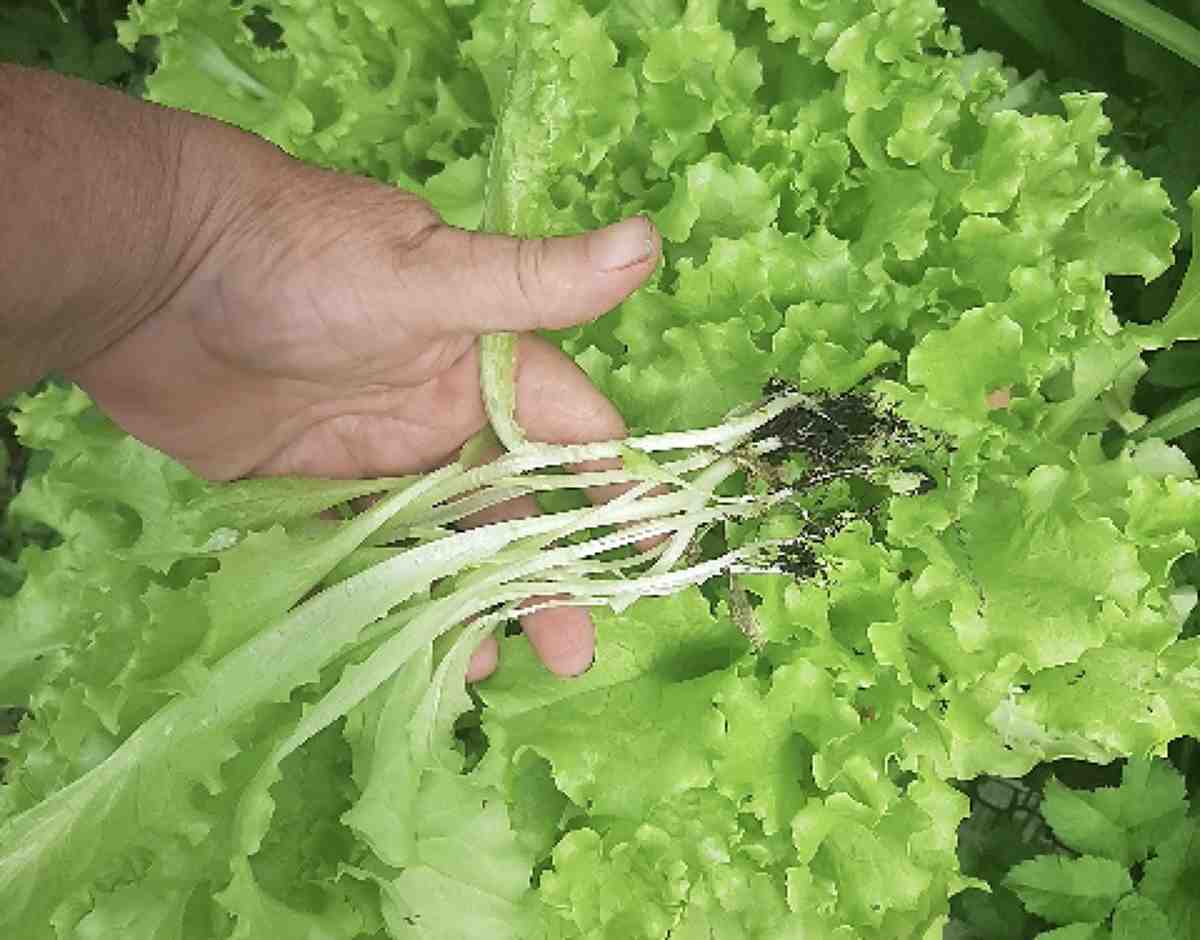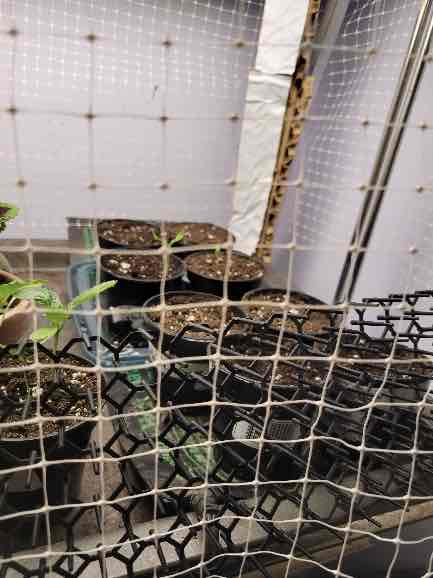Your cart is currently empty!
Low Maintenance Landscaping Ideas for the New Gardener
Focus your energy on new skills if your landscaping demands too much of your time. Embrace some low-maintenance landscaping principles.
Your cart is currently empty!
What is succession gardening? In the case of vegetable gardening, this is a way to grow plants to increase the yields of your crops while using your space well and extending the season.
Greetings fellow gardeners,
Once again, we are experiencing the constantly changing weather: lovely warm temperatures and sunshine, then swirling winds and heavy snow. It is that time of year where nothing is predictable.
I often find myself in the car driving to various appointments or to visit my dad and it gives me an opportunity to listen to a podcast. Joe Gardener has many podcasts available, and I just happened to listen to one of his latest on succession gardening. He was interviewing Meg McAndrews Cowden about her latest book Plant Grow Harvest Repeat. I am a big fan of succession gardening, and she has taken this idea to a whole new level. Not only does she discuss successive gardening for vegetables but also for your entire garden and the landscape beyond.
What is succession gardening? In the case of vegetable gardening this is a way to grow plants to increase the yields of your crops while using your space well and extending the season. Lettuce is the best example. If I start lettuce seeds now in a pot, they should be ready to move outside into a cold-frame in a couple of weeks. I will harvest them by clipping the leaves and then clipping again once the new growth has arrived. As these plants are thriving, I will plant lettuce seeds near the existing plants. These seeds grow and I will pull out the old plants as they grow bitter and less tasty. I have had great success with this. You can do this in a garden as well in a small, designated area. One thing to remember is that eventually the soil will become depleted so you must be sure to do your weekly feeding with an organic fertilizer. I water once a week with a fish emulsion solution. If you want to use other fertilizers a standard 10-10-10 would do the job or a fertilizer for tomatoes but do not use it every week. Read the directions carefully as too much fertilizer will burn your plants.

Another podcast that I enjoy is “A Way to Garden” with Margaret Roach. It is a weekly podcast that is not as long or involved as Joe Gardener. Margaret interviews an expert each week about a specific topic and how it would apply to the home garden. I find it to be very interesting and down to earth. I particularly enjoyed her interview with Ken Druse on shade gardening. Today I listened to her interview of James Golden about his wildish garden. ‘Don’t fight the site’ seems to be the wisdom of the day. I find that I can relate to this, as much of my garden is on rock with very poor soil. I use pots to solve my dilemma, but James Golden has found plants that thrive in his situation. His new book is called The View from Federal Twist: A New Way of Thinking About Gardens, Nature and Ourselves.
I am continuing to putter about with my seeds. My pepper seeds are pushing up although the banana pepper is taking its own sweet time. As you can see from the picture, I have finally secured the top shelf of the plant compound, which makes it easier for me to sleep knowing that those baby peppers are safe from the too-many cats.

It is going to get cold and then warm and then snowy and blowy and wet. Who knows? Must mean that spring is on its way! Enjoy your week. Judith. (Email: sghorticultural@gmail.com) Veggie Bites are available at https://sghorticultural.wixsite.com/website or https://gardeningcalendar.ca/articles/veggie-bites/
Focus your energy on new skills if your landscaping demands too much of your time. Embrace some low-maintenance landscaping principles.
Learn the 5 most common mistakes gardeners make & how to avoid them; from over fertilizing to over watering. Get guidance on why to avoid synthetic fertilizers, how best to amend soil, & more!
While the delightful white lily is a popular choice to adorn weddings, learn the other ways to give lilies as a gift full of deep meaning.
Learn how to grow mushrooms for personal consumption. Discover the many benefits of consuming mushrooms, from protein, fiber, antioxidants and selenium to low-calorie and vegan recipes. Get the basics of inoculating and cultivating mushrooms, as well as collecting and preparing the right substrate to grow them.
Keep your dog out of your garden and precious flowerbeds without limiting their freedom. Sometimes they may ingest something harmful.
GardeningCalendar.ca gets some funding from advertisers. If you click on links and advertisements at no cost to you, the site may receive a small commission that helps fund its operation.
© 2025 J&S Calendars Ltd.
Leave a Reply
You must be logged in to post a comment.